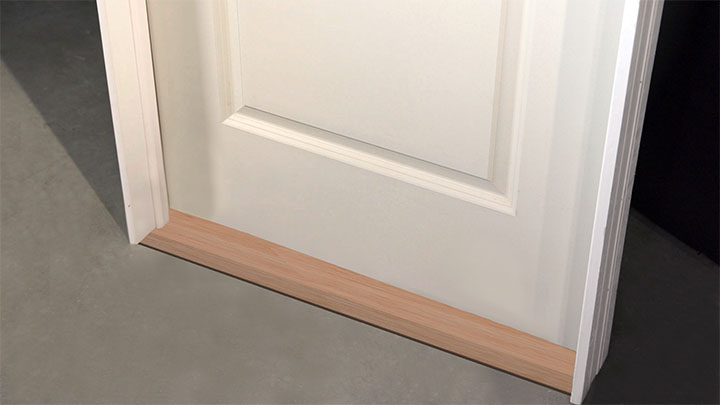Interior doors contribute to the style of a home and can be configured in a variety of ways. The most popular is a swinging door. When purchasing a new door, you need to consider all the parts of the unit. Understanding the anatomy of a swinging interior door will help simplify the buying process.
Door Slab
The most important part of a door unit is the door slab. The door slab can be constructed using 2 main methods.
The first is by joining stile and rails, which are individual components constructed with an engineered wood core covered with a veneer.
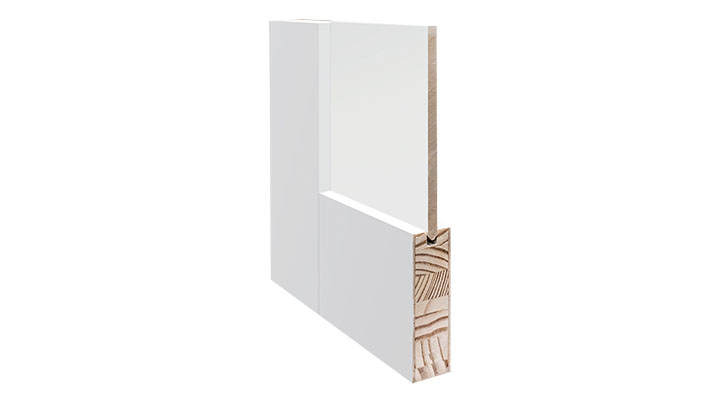
The other way is by gluing two door skins together with a core material in between, creating a molded or flush door.
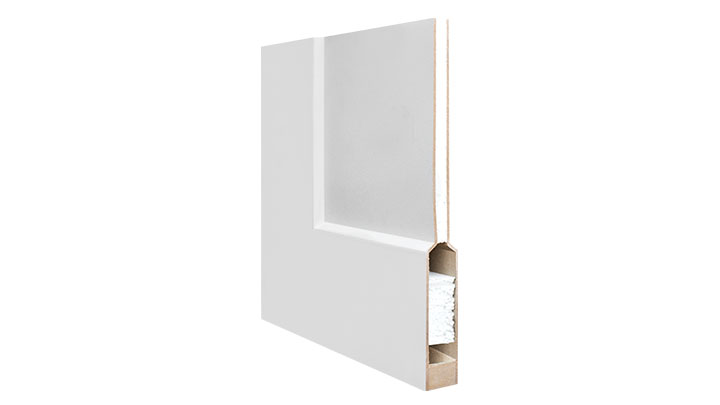
Most interior doors are 1-3/8” thick, however they can also be 1-3/4” thick if desired.
Style Options
Some door slabs will be completely flat and are called flush doors. However, most door slabs have a more detailed style and layout. The door design primarily comes from the number of panels in the door.
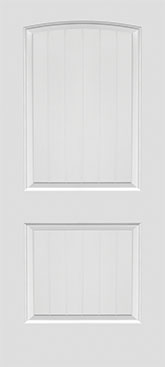
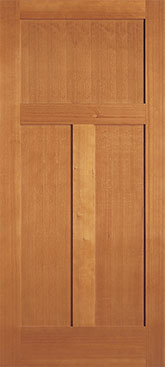
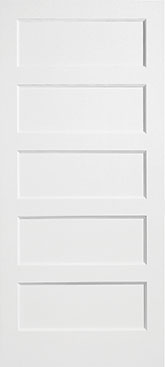
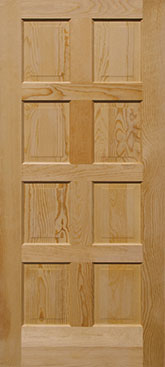
These panels can either be raised or flat.

Raised Panel
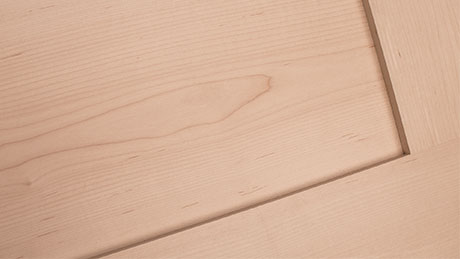
Flat Panel
Instead of a panel, stile and rail doors can use glass, which is called a lite. This glass can be clear, frit, white laminate, or decorative.
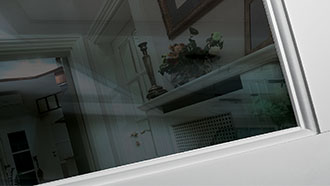
Clear Glass

Frit Glass
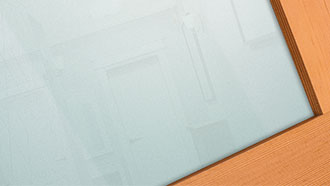
White Laminate Glass
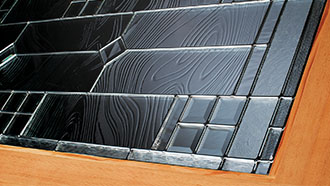
Decorative Glass
For ventilation, some doors can replace the panels with slats creating a louver door.
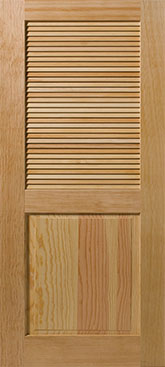
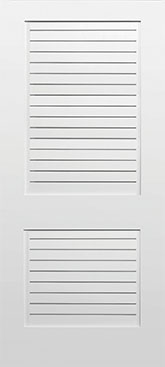
The part of the door surrounding the panels or lites is the sticking, which can take many styles – ovolo and shaker being two of the most common.
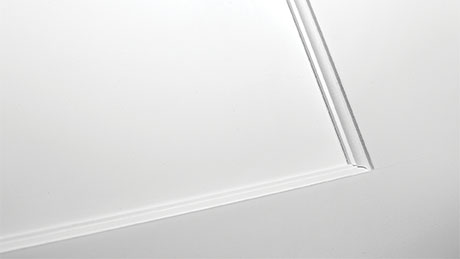
Ovolo Sticking
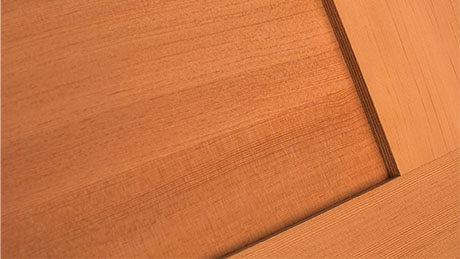
Shaker Sticking
Hinge Options
Next you will need to consider the hinges, which allow the door to open and close. Doors that are 1-3/8” will use 3-1/2” hinges while 1-3/4” doors will use 4” hinges.
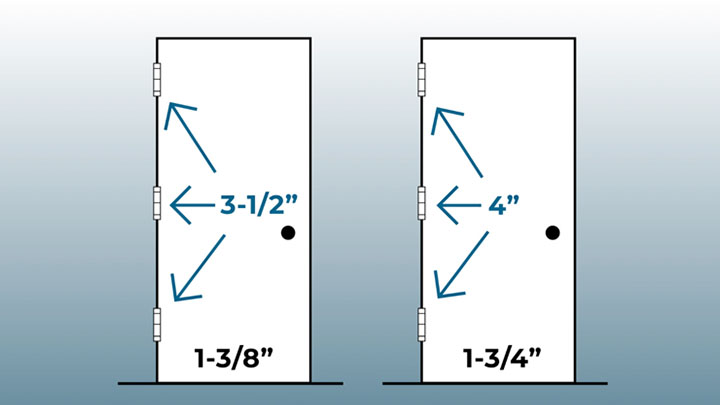
While the hinge size is usually dictated by the door thickness, the hinge style is a matter of personal preference. Hinges can have round corners or square corners and come in a variety of finish options.
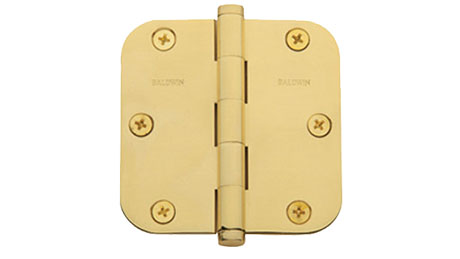
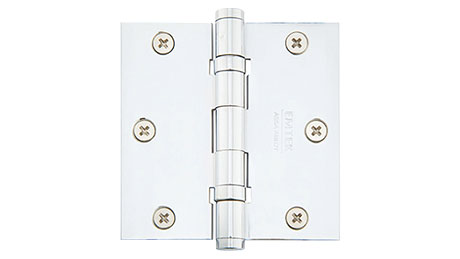
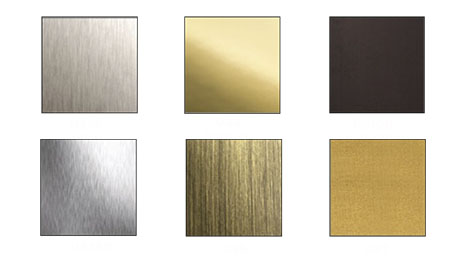
Lighter doors can use regular hinges, while heavier doors should use ball-bearing hinges, which have ball bearings in the knuckles for smoother performance. Certain doors may also need a self-closing hinge, which will close automatically. By using a double action floor or wall hinge, the door will swing both ways.
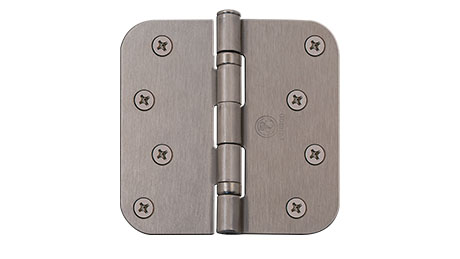
Ball-Bearing Hinge
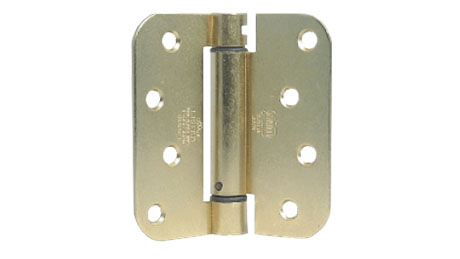
Self-Closing Hinge
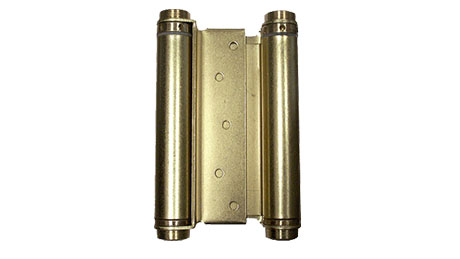
Double Action Hinge
Frame Components
The hinges will be attached to the jambs which create the door’s frame system. There are multiple jamb types that can be used, and often the most common type varies by region.
A single rabbeted jamb looks like an exterior jamb with a rabbet for the door.
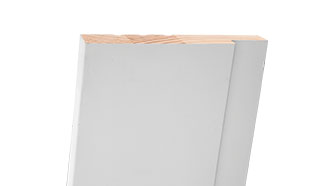
A double rabbeted jamb is a one-piece jamb with a built-in stop.
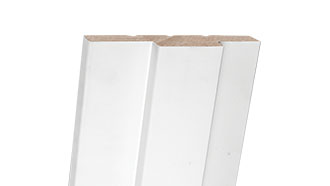
A split jamb has the stop built-in as well, but is made up of 2 pieces for an easier installation.
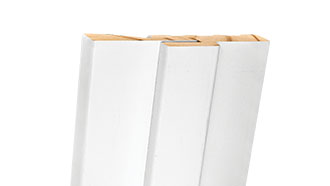
A flat jamb is just that – flat – and requires a stop attached so the door doesn’t swing through.
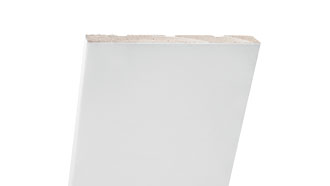
This stop can have a colonial profile or can be square on one side and rounded on the other.

Colonial
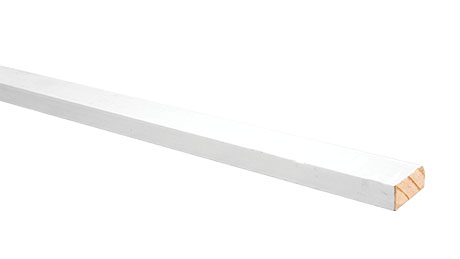
Round 1 Square
Double doors may use an additional piece known as an astragal, which goes between the two doors as a stopping mechanism but also to fill the gap.

A flush bolt will also be used with an astragal to keep the passive door, or door with the astragal attached, closed.
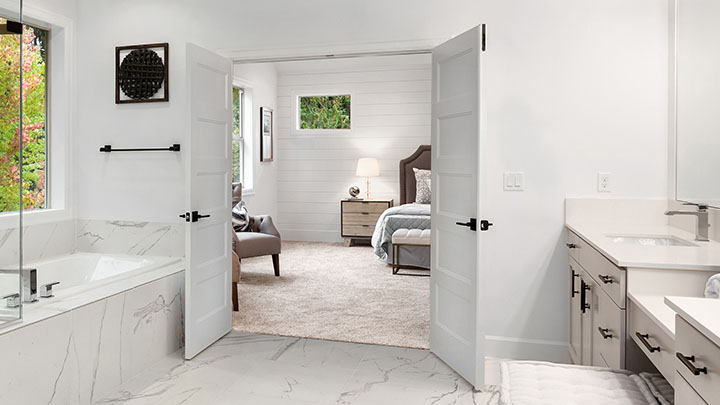
Casing
To finish the unit, casing is attached to the frame. This often matches the molding in the home. There are a wide variety of casing options. The WM376 is a common colonial style casing. The WM371 is similar but is slightly wider. The WM432 gives a flat and modern look.
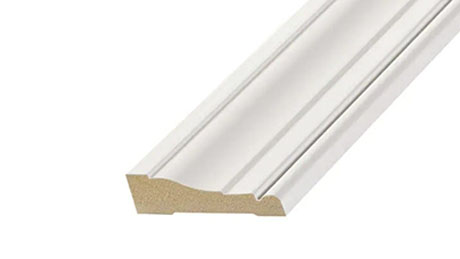
WM376
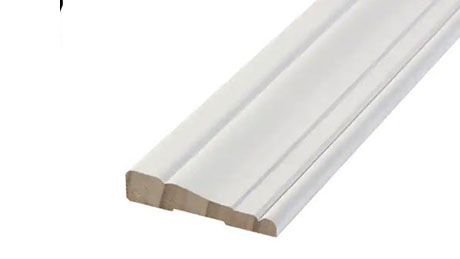
WM371

Wm432
Closing Options
While the stop will keep the door from swinging through, you will generally need some type of hardware to keep the door shut.
A bedroom or bathroom door will most likely use a lockset, which requires a bore through the door.

A pantry or closet door will often use a catch at the top of the door.
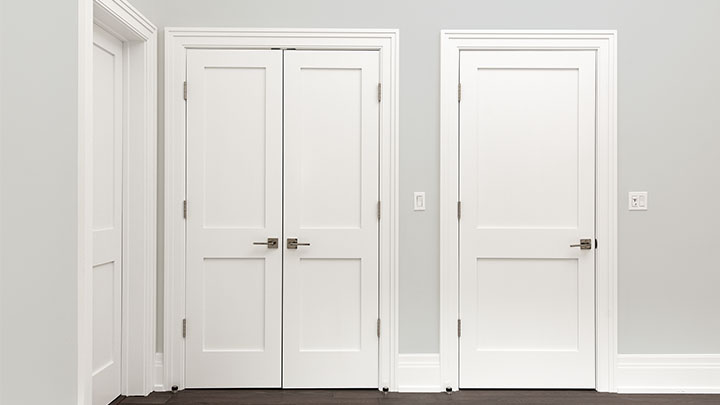
Catch options include a ball catch, a roller catch, a magnetic catch, or a concealed magnetic catch.
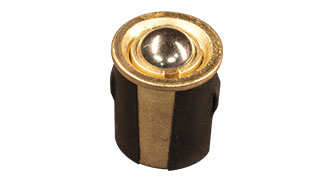
Ball Catch
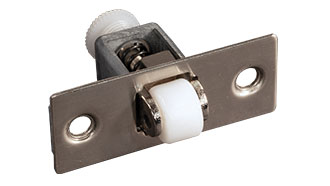
Roller Catch
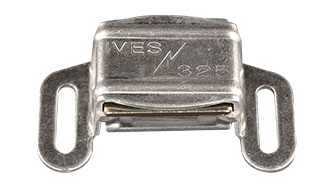
Magnetic Catch
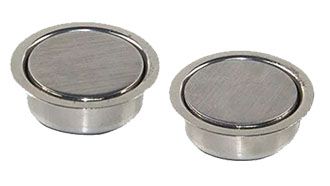
Concealed Magnetic Catch
Handing
Interior door units can be constructed with either a right or left handing. The easiest way to determine the handing is to stand with your back to the hinges. If the door swings to your left, it is a left-handed door. If the door swings to the right, it is a right-handed door.
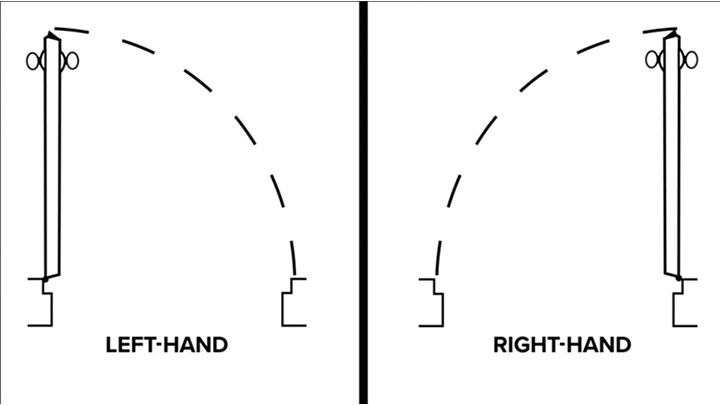
Additional Options
Some interior door units may also include a sidelite which is a narrow slab next to the door or a transom which is a narrow piece above door. Both allow for additional light to travel from room to room.
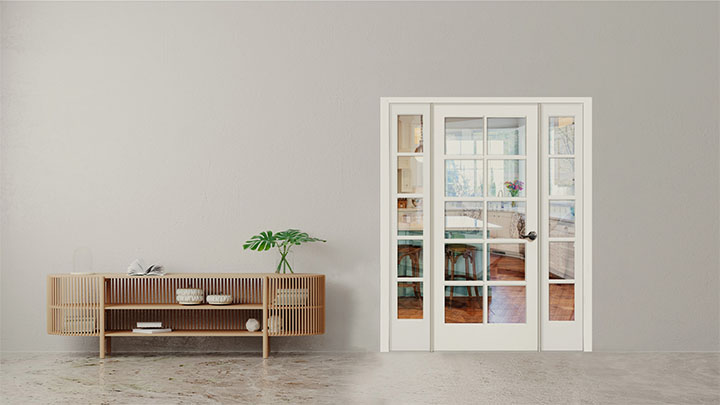
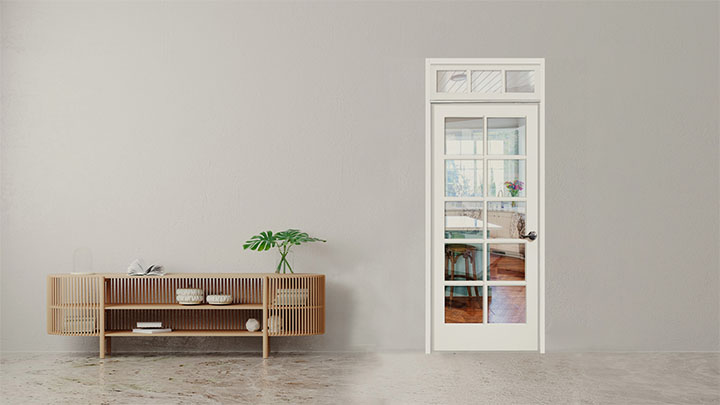
The final option for a swinging door is a threshold. It can be added to the bottom of the unit which will help to make a smooth transition from one room to the other as you walk through the door.
